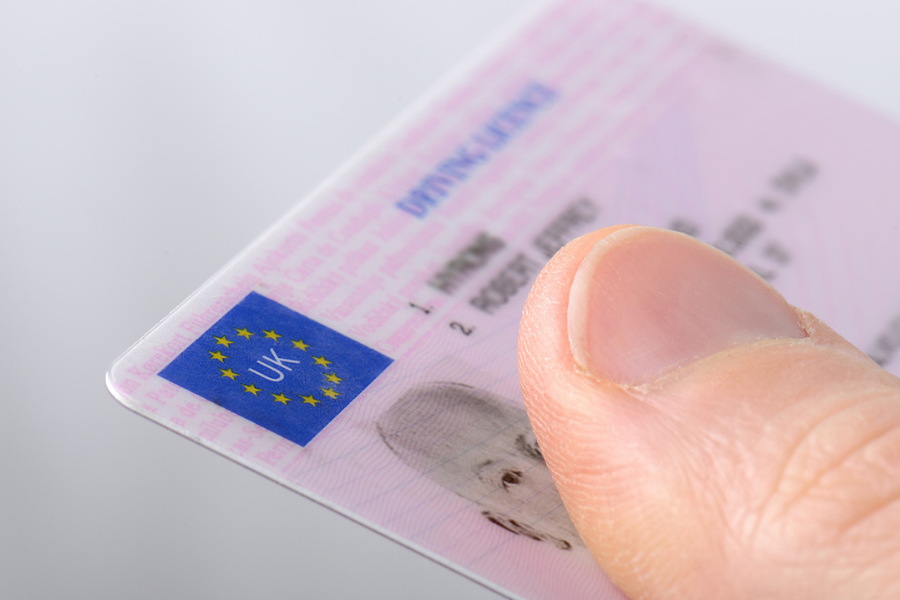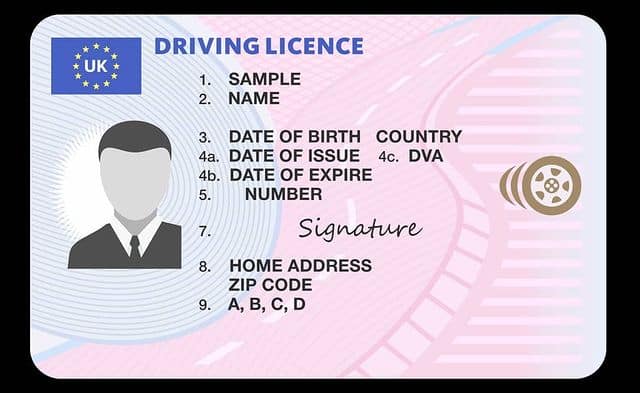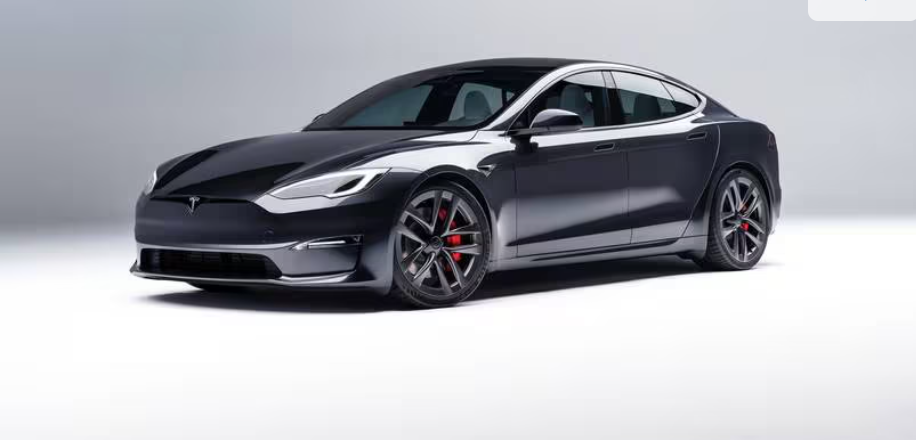
The Driver and Vehicle Licensing Agency (DVLA) is the UK government body responsible for maintaining a database of drivers and vehicles in Great Britain (England, Scotland, and Wales). It handles tasks like issuing driving licences, collecting vehicle excise duty, and ensuring road safety compliance.

In 2025, DVLA driving licence changes have introduced updates to modernize the system, boost safety, and support sustainability.
Key DVLA Driving Licence Changes in 2025
DVLA driving licence changes this year focus on international agreements, vehicle categories, age-related renewals, and digital transitions. These updates aim to align with evolving road safety standards and technological advancements.
1. Moldova-UK Driving Licence Exchange Agreement
Effective from August 1, 2025, Moldovan nationals in Great Britain can exchange their licences without tests, thanks to a new MoU ensuring equivalent safety standards.
How It Affects Drivers:
Simplifies integration for Moldovan residents, but applications still require proof of residency.
Advantages of DVLA Changings:
– Reduces costs and time for licence exchanges.
– Promotes easier mobility and economic contributions from immigrants.
Disadvantages of DVLA Changings:
– Excludes Northern Ireland, potentially causing regional inconsistencies.
– Initial processing delays during rollout.
Who Is Affected More:
Moldovan expats in the UK, especially in transport sectors, benefit most from these DVLA driving licence changes.
2. Increase in EV and Hydrogen Vehicle Weight Limit
The MAM for zero-emission vehicles on a Category B licence rose to 4,250kg from June 10, 2025.
How It Affects Drivers:
Allows driving larger EVs without additional training.
Advantages:
– Encourages EV adoption, supporting the UK’s environmental goals.
– Expands options for commercial and personal use.
Disadvantages:
– Safety risks from unfamiliar vehicle handling.
– Excludes non-zero-emission vehicles.
Who Is Affected More:
EV owners and businesses transitioning to green fleets are positively impacted by these DVLA driving licence changes.
3. Stricter Renewal Rules for Over-70s Drivers, Including Compulsory Eye Tests
Details: From July/August 2025, over-70s must pass eye tests and possible medical checks every three years.
How It Affects Drivers: Could lead to licence restrictions or revocations if standards aren’t met.
Advantages:
– Enhances road safety by addressing age-related impairments.
– Aligns with EU norms for better consistency.
Disadvantages:
– Access issues due to NHS backlogs.
– Perceived age bias, affecting independence.
Who Is Affected More: Elderly drivers, particularly those in rural areas, face the biggest challenges from these DVLA driving licence changes.
4. Digital Driving Licence Rollout
Details: Pilot launch in late 2025 via GOV.UK Wallet, with full rollout by 2027, allowing smartphone storage.
How It Affects Drivers: Provides instant access but requires digital literacy.
Advantages:
– Convenience for verification and renewals.
– Improved security with biometrics.
Disadvantages:
– Digital divide for non-tech users.
– Dependency on devices in emergencies.
Who Is Affected More:
Younger, urban drivers gain most, while seniors may struggle with these DVLA driving licence changes.
Why These Changes Are Needed
The major 2025 driving licence renewal changes, particularly affecting UK pensioners (drivers over 70), are driven by several critical factors aimed at enhancing road safety, addressing aging-related risks, and aligning with modern standards. Here’s why they are necessary:
1:Improving Road Safety:Age-related impairments like vision loss or slower reactions increase accident risks for older drivers.Mandatory tests ensure only fit individuals drive, reducing fatalities and protecting all road users.
2 Addressing Inadequate Self-Reporting: Self-declaration of health issues is unreliable, as many fear losing independence and underreport.Compulsory assessments provide objective evaluations, closing gaps in the previous honour-based system.
3 Alignment with International Standards: Most EU countries require regular medical checks for elderly drivers, promoting consistent safety norms.UK updates post-Brexit harmonize with these, facilitating cross-border driving and upholding global benchmarks.
4 Aging Population and Demographic Trends: With over 6 million UK drivers aged 70+, longer lifespans mean more elderly on roads.Proactive measures manage this growth, ensuring safety as the demographic continues to expand.
5 Technological and Policy Evolution: Digital licences and EV integrations demand updated fitness checks for adapting to new tech.These changes future-proof the system, balancing innovation with driver capability assessments.
Frequently Asked Questions
What are the main DVLA driving licence changes in 2025?
Key updates include the Moldova exchange agreement, EV weight limit increases, stricter over-70 renewals, and digital licences, all aimed at safety and innovation.
How do DVLA driving licence changes affect over-70s?
Over-70s must now undergo compulsory eye tests and assessments, potentially leading to restrictions but improving overall road safety.
Are digital driving licences mandatory under DVLA rules?
No, they’re optional with a pilot in 2025, but they offer convenience; physical photocards remain available.
Conclusion:
DVLA driving licence changes in 2025 are transforming UK roads by prioritizing safety, sustainability, and digital efficiency.The need for these DVLA driving licence renewal changes in 2025 arises from a commitment to safety, fairness, and modernization. While advantages like easier EV access and streamlined exchanges benefit many, disadvantages such as renewal hurdles for seniors highlight the need for support. Stay updated via GOV.UK to navigate these DVLA driving licence changes effectively.
Visit Our latest Post here : latest Blogs
If you any Question or feedback for us please reach us here :latest@newstechh.com or about tech







